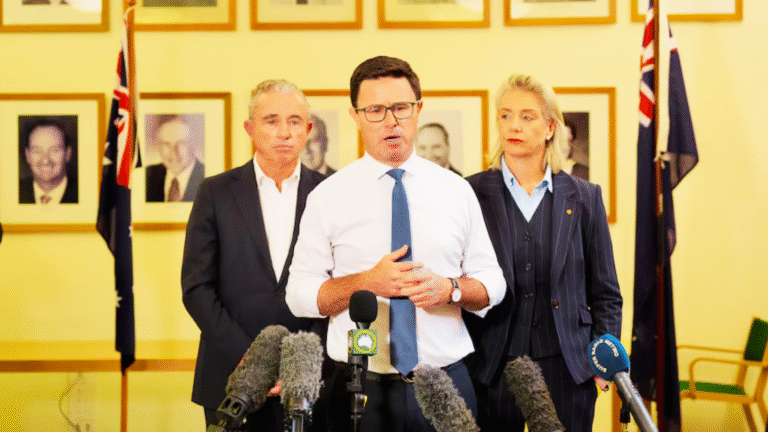Tasmania, renowned for its pristine air, temperate climate, and vast wilderness, has been dubbed the healthiest state in Australia. A study led by researchers at Monash University has crowned Hobart the healthiest capital city, highlighting the potential health benefits linked to the island’s exceptional environmental conditions.
The study utilized an Environmental Quality Health Index (EQHI), combining mortality statistics with environmental factors such as air quality, temperature, urban density, green space, and socio-economic status. According to Professor Yuming Guo from Monash’s School of Public Health and Preventative Medicine, Tasmania excelled in several key areas. “Higher green space, better air quality, and lower temperatures, along with reduced building and road density, contributed to its high ranking,” he noted.
Victoria and Melbourne followed closely, ranked second overall. Professor Guo pointed out that Melbourne’s superior score compared to Sydney can be attributed to a blend of better air quality, favorable climate, and socio-economic advantages, all associated with lower health risks.
In stark contrast, the Northern Territory and Darwin found themselves at the bottom of the rankings. Professor Guo attributed this to lower socio-economic status and higher temperatures affecting Darwin’s health profile.
While Tasmanian Deputy Premier Guy Barnett celebrated this recognition, asserting that Tasmania is the “healthiest state,” a recent report from the Productivity Commission paints a more complex picture. The data reveals that Tasmania’s mortality rate was the second highest in the country in 2023, with 563.4 deaths per 100,000 people—10 percent above the national average of 507.9.
Martin Hensher, a professor of healthcare sustainability at the University of Tasmania’s Menzies Institute for Medical Research, urged caution in interpreting the study’s findings. “What this indicates is that Tasmania boasts the healthiest environment, not necessarily that Tasmanians are the healthiest people,” he clarified. “The environmental quality in Tasmania is indeed high, but many health issues affecting the state mirror national trends.”
Hensher emphasized that a population with poorer health typically demands more healthcare resources. “If you have less-healthy individuals, they will likely require more healthcare, all else being equal,” he stated. As Tasmania navigates these contradictions, the focus remains on leveraging its natural advantages while addressing the underlying health challenges faced by its residents.










+ There are no comments
Add yours